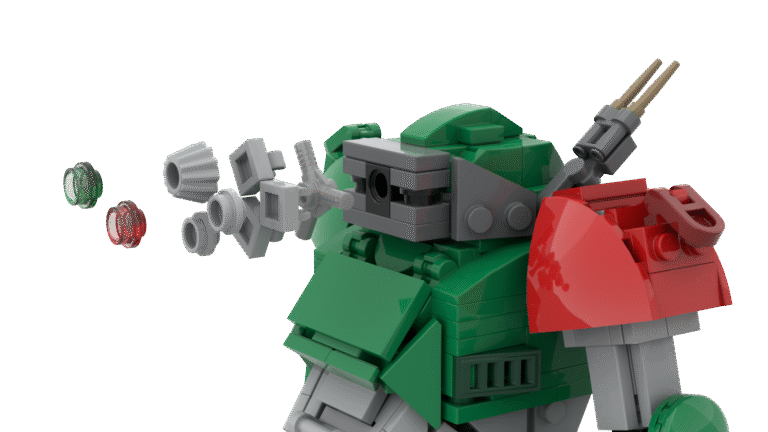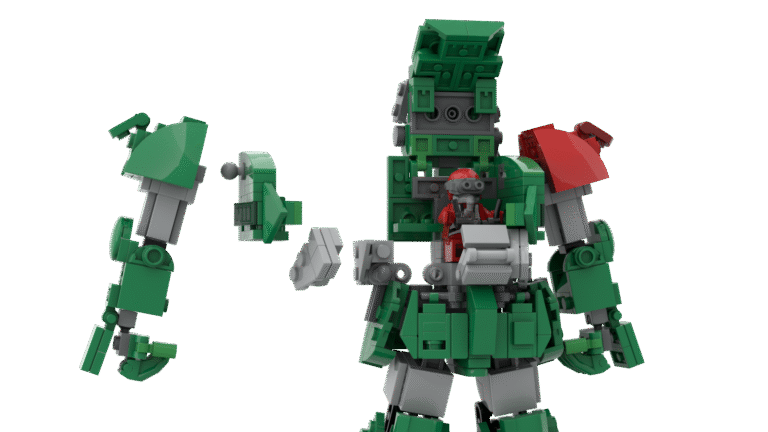
Designing giant LEGO robots requires more than just stacking bricks—it takes engineering, creativity, and advanced techniques to create builds that are both massive and moveable. In this article, I’ll share some of the advanced LEGO building techniques I use to bring my custom mech models to life, combining aesthetics, functionality, and strength.
Whether you’re building a towering mech or a battle-ready bot, these strategies will help you design more impressive, durable, and detailed LEGO creations.
1. Internal Technic Frames for Structural Support
Why It Matters:
Large builds can collapse under their own weight. Using Technic beams and axles as internal frames gives your robot a skeleton that can support its own mass.
Pro Tip:
Build the internal frame first, then attach plates and decorative bricks afterward. This provides a solid base for joints and armor plating.
2. Ball Joints, Ratchet Joints, and Custom Joint Solutions
Why It Matters:
Articulation is key to any good mech. Use a combination of ball joints, ratchets, and friction pins to give your robot poseability without sacrificing strength.
Pro Tip:
Double-joint knees and elbows for improved movement, and reinforce all rotating joints with Technic liftarms.
3. SNOT (Studs Not On Top) Techniques for Smoother Detailing
Why It Matters:
To make your robot look less blocky and more lifelike, use SNOT building techniques. This allows you to attach parts at unconventional angles and build smoother surfaces.
Pro Tip:
Use brackets, headlight bricks, and sideways tiles to layer in armor and add visual complexity.

4. Modular Design for Easier Assembly and Transport
Why It Matters:
Large robots can be difficult to move or repair if built as one piece. Build in modules—like legs, arms, torso—so they can be constructed separately and clicked together later.
Pro Tip:
Use Technic connectors or pin-and-axle combinations between modules for both secure connection and mobility.
5. Counterbalancing and Weight Distribution
Why It Matters:
Top-heavy mechs are prone to tipping. Distribute weight evenly and use counterweights in the feet or hips to keep the build stable.
Pro Tip:
Add heavier parts like battery boxes or Technic bricks to the lower half of the robot.
Conclusion
Mastering advanced LEGO mech-building techniques opens up a new world of creative possibilities. From reinforced joints to dynamic posing and realistic detailing, the right strategies can make your giant LEGO robots both stunning and sturdy.
Ready to Build Better LEGO Robots?
Check out my full series on LEGO mech design, including guides on articulation, balance, and software tools to bring your creations to life!
